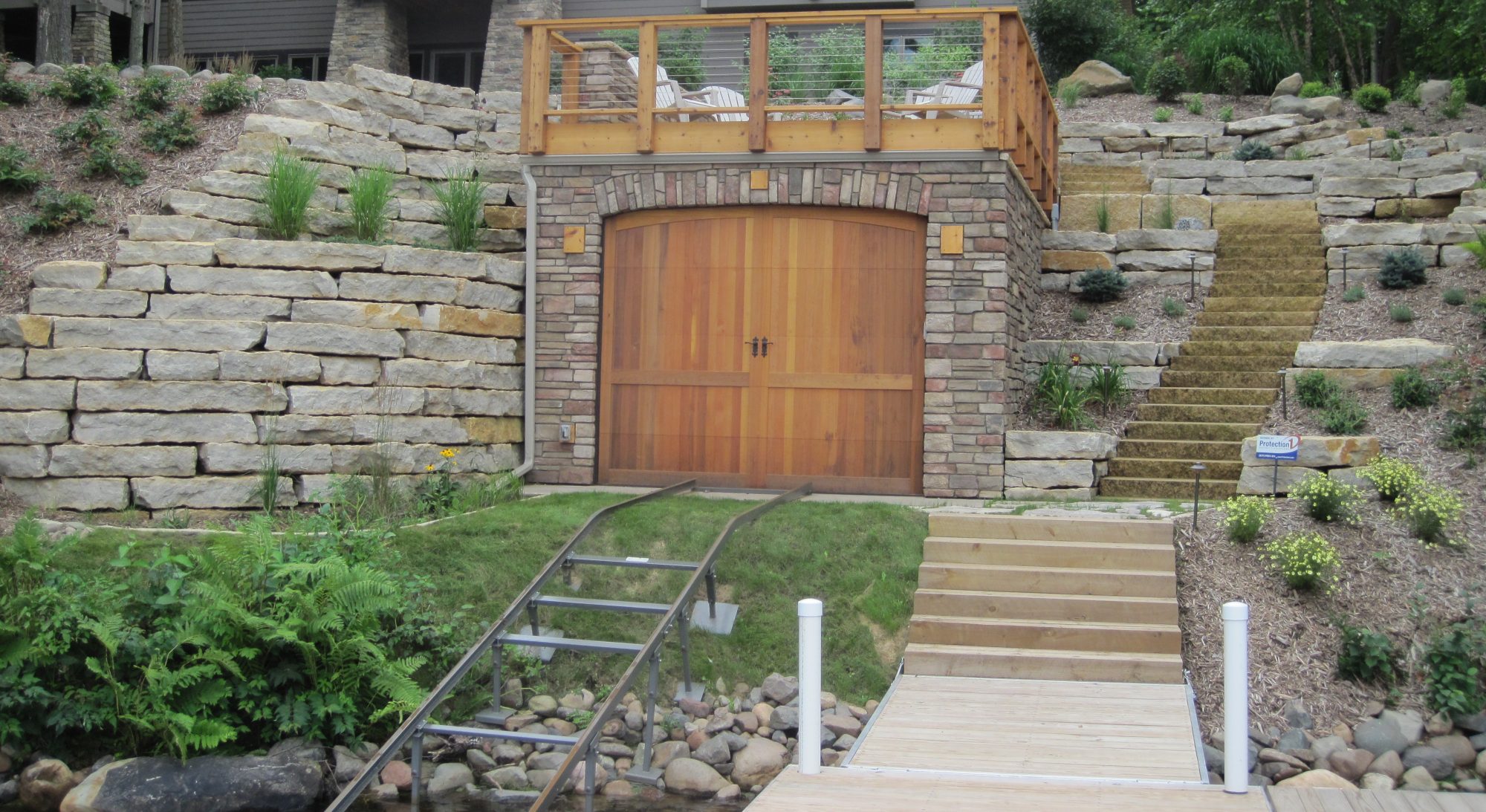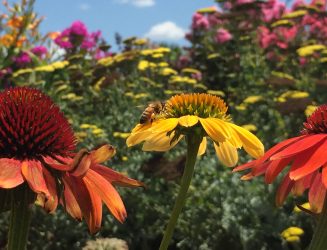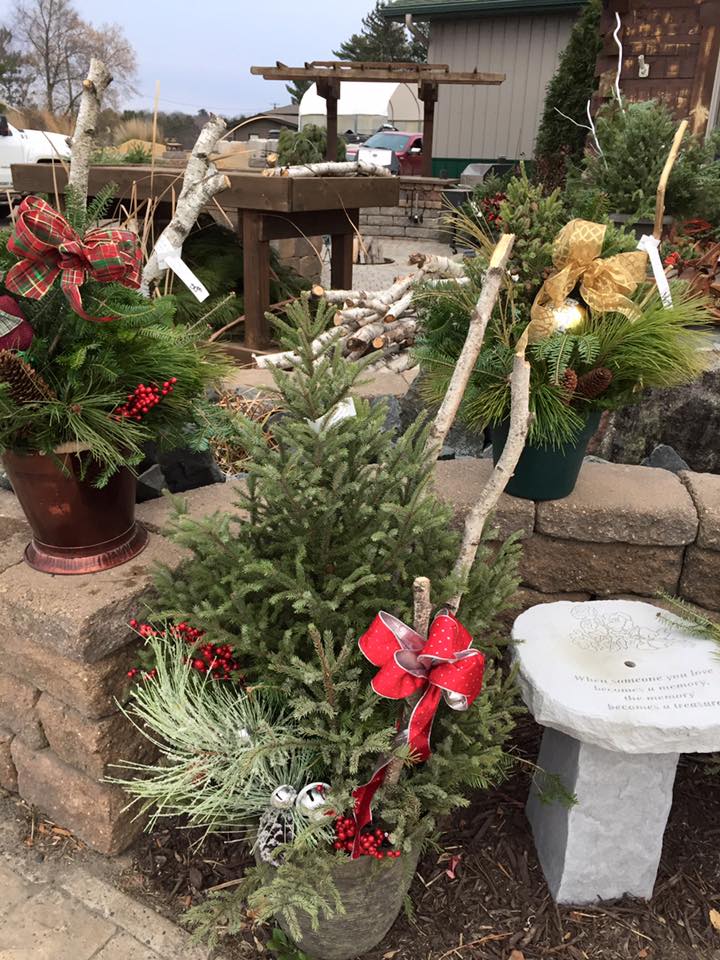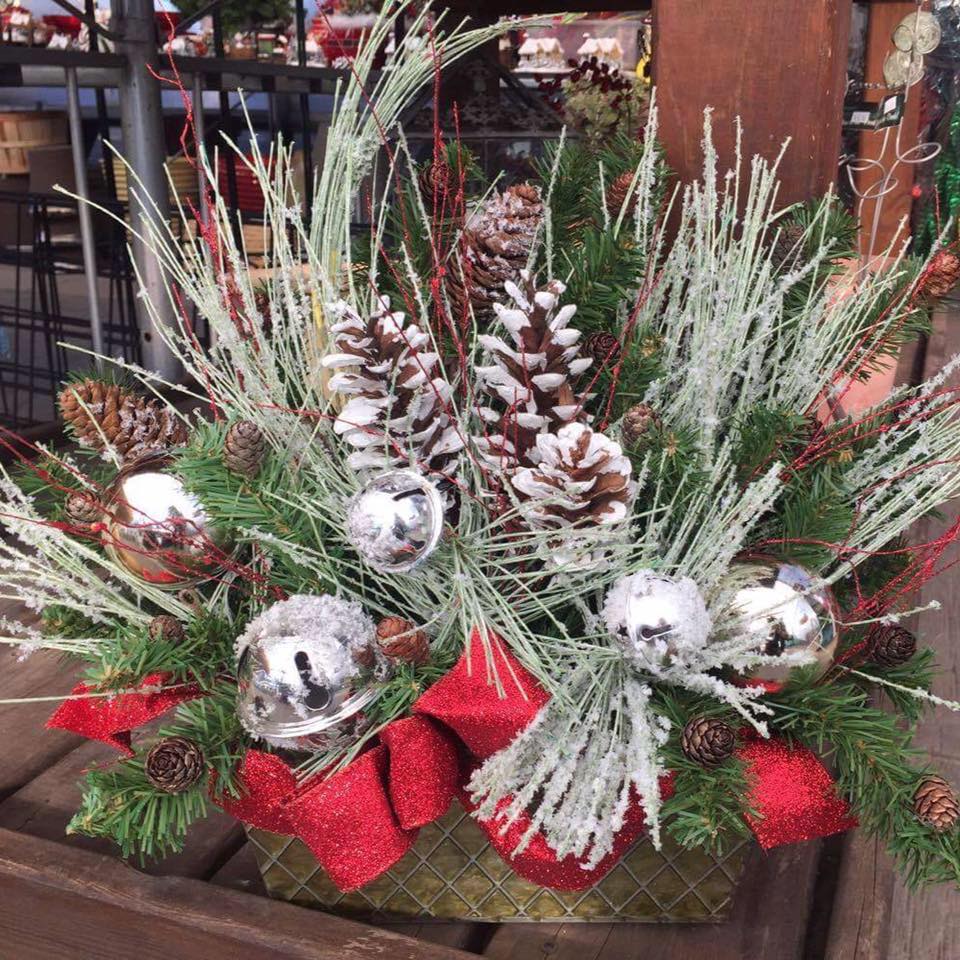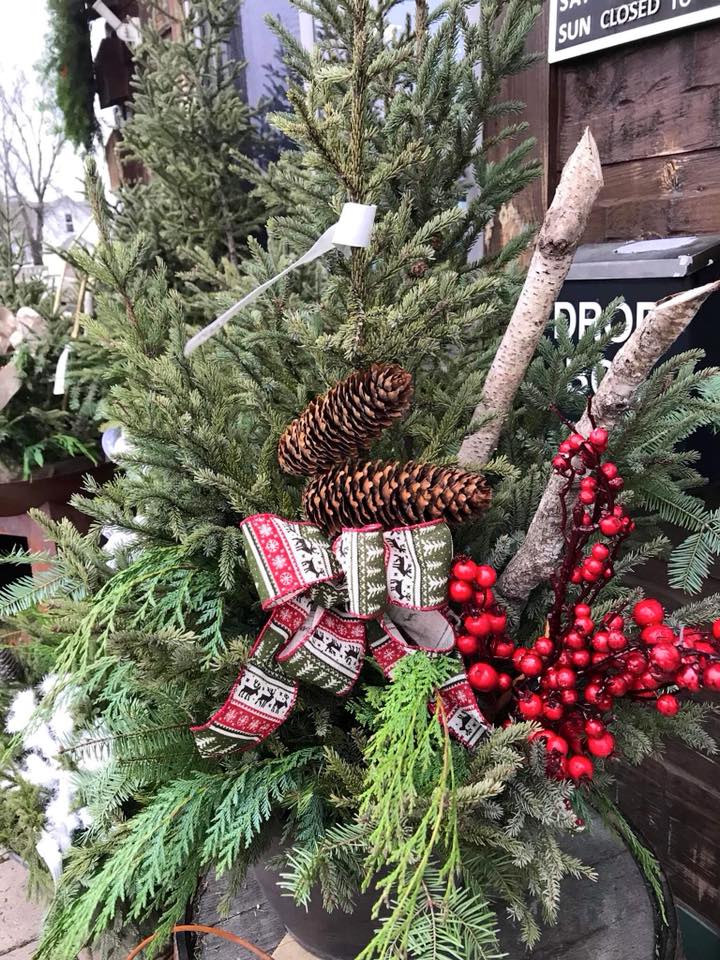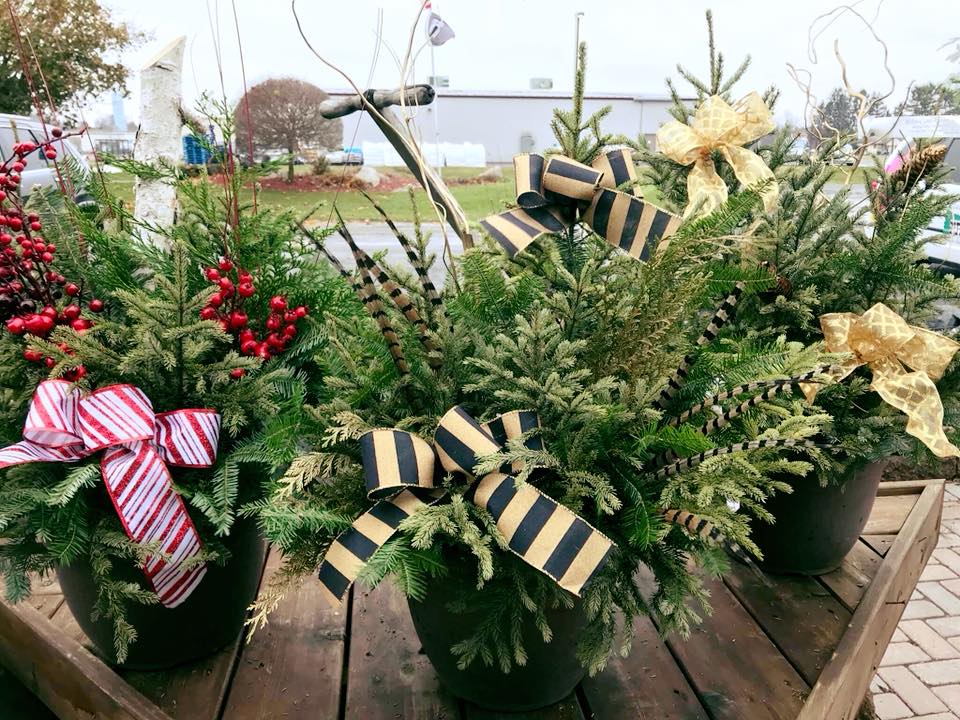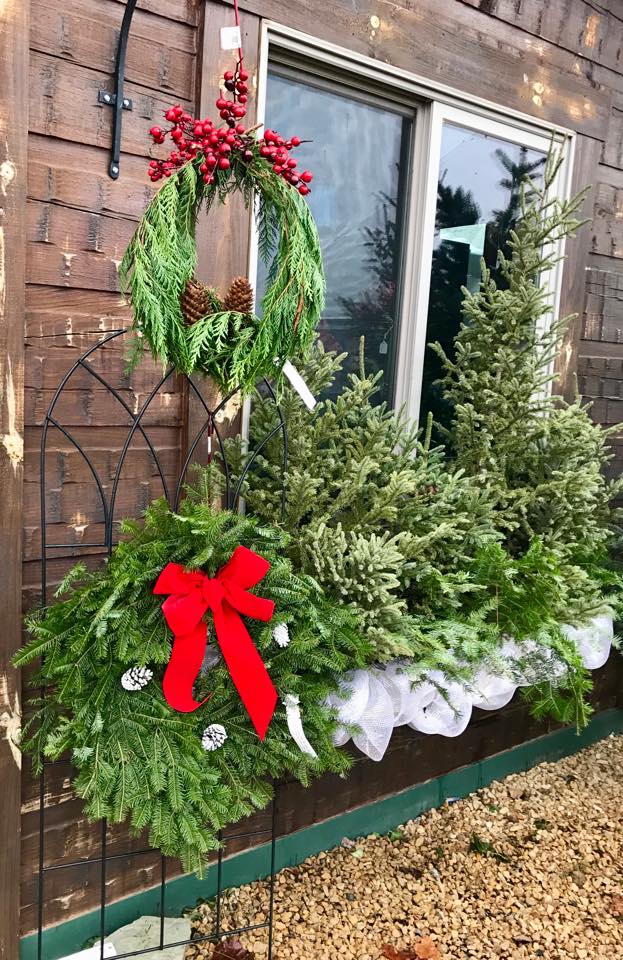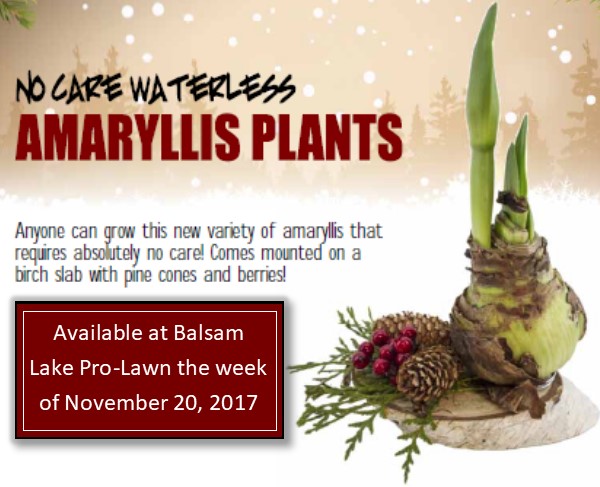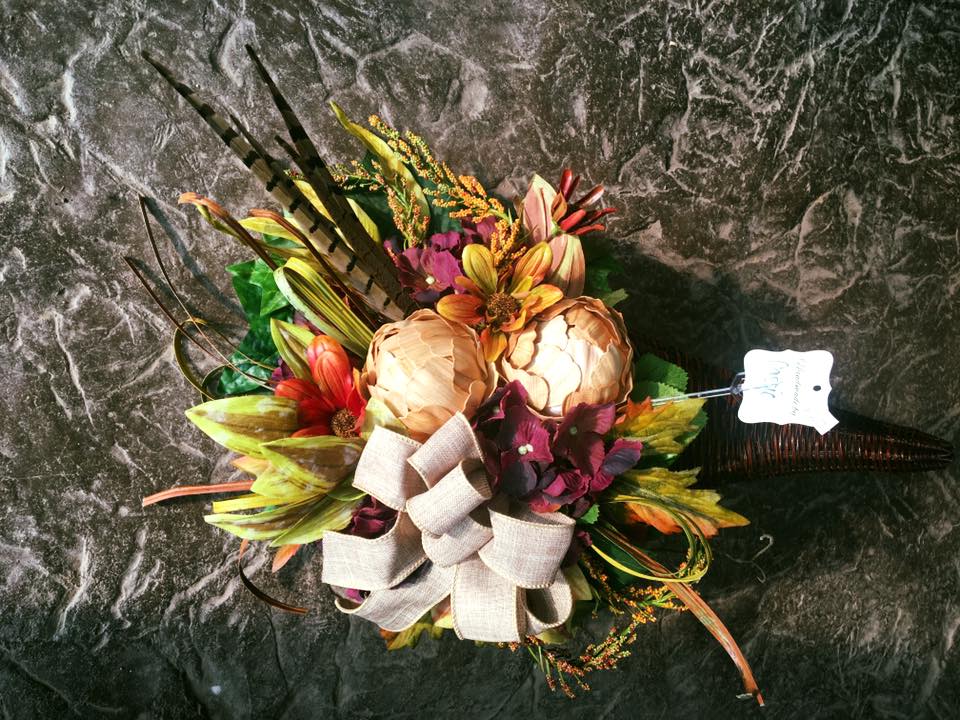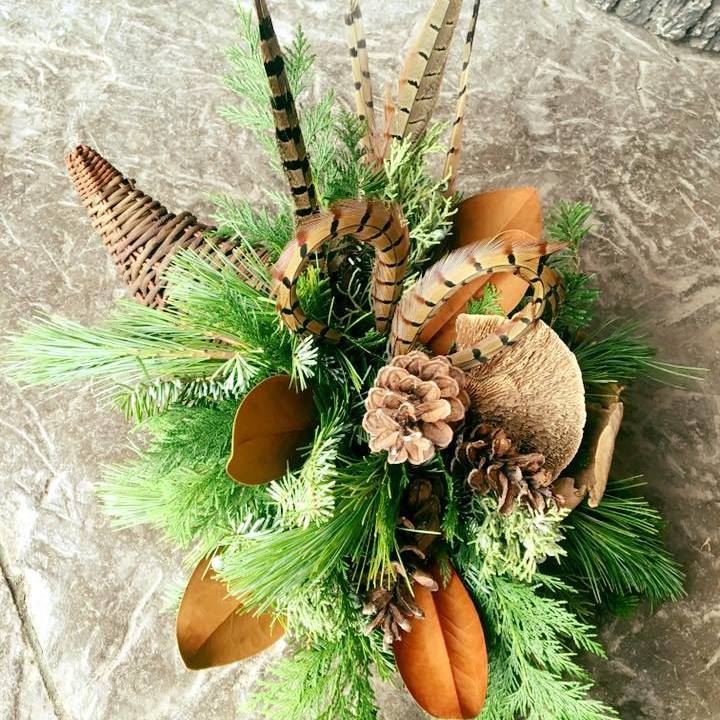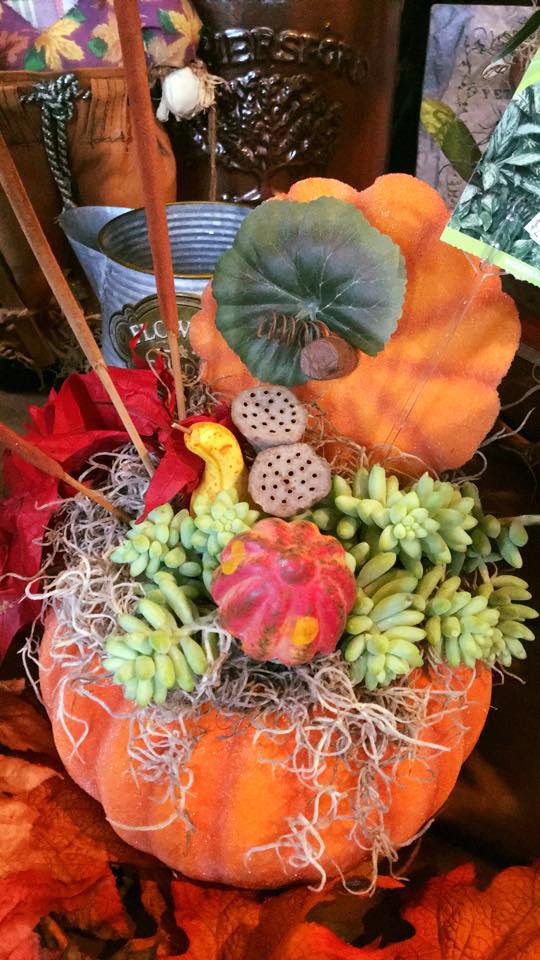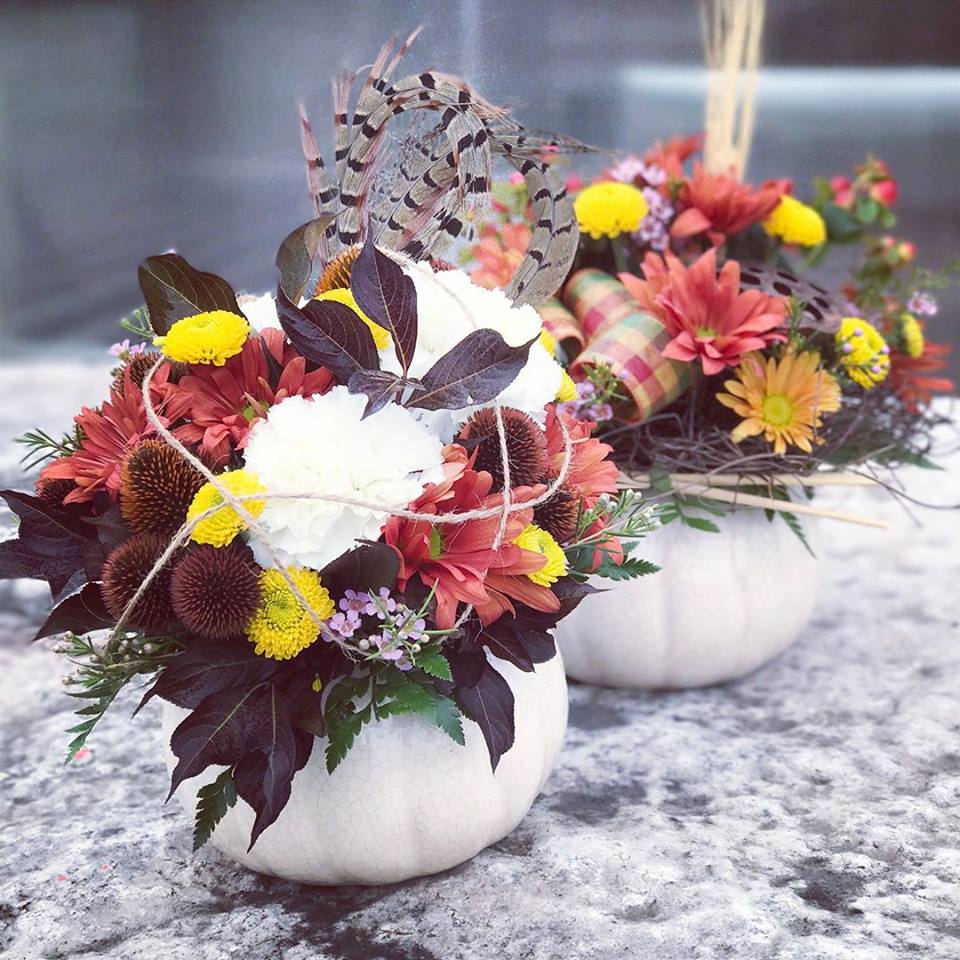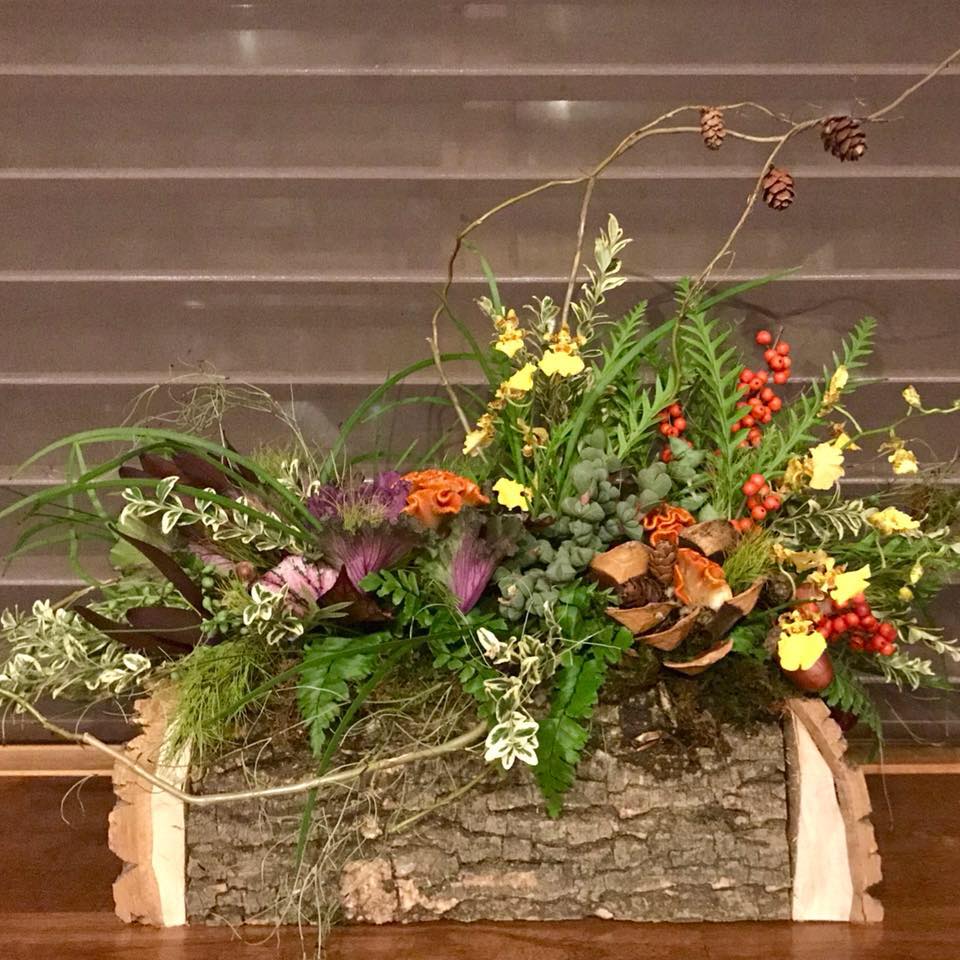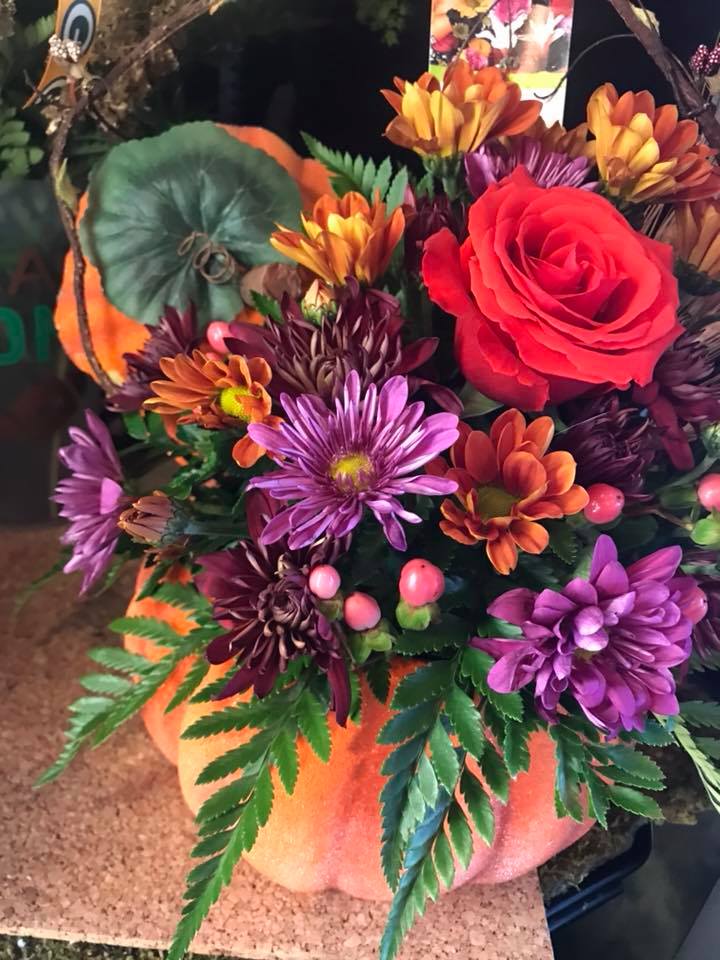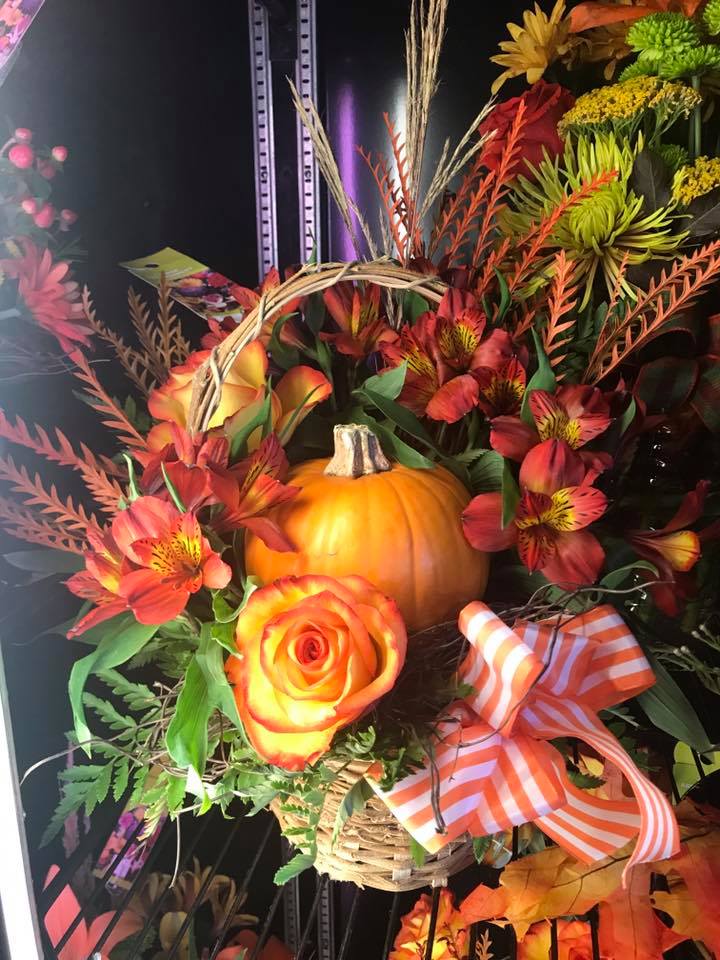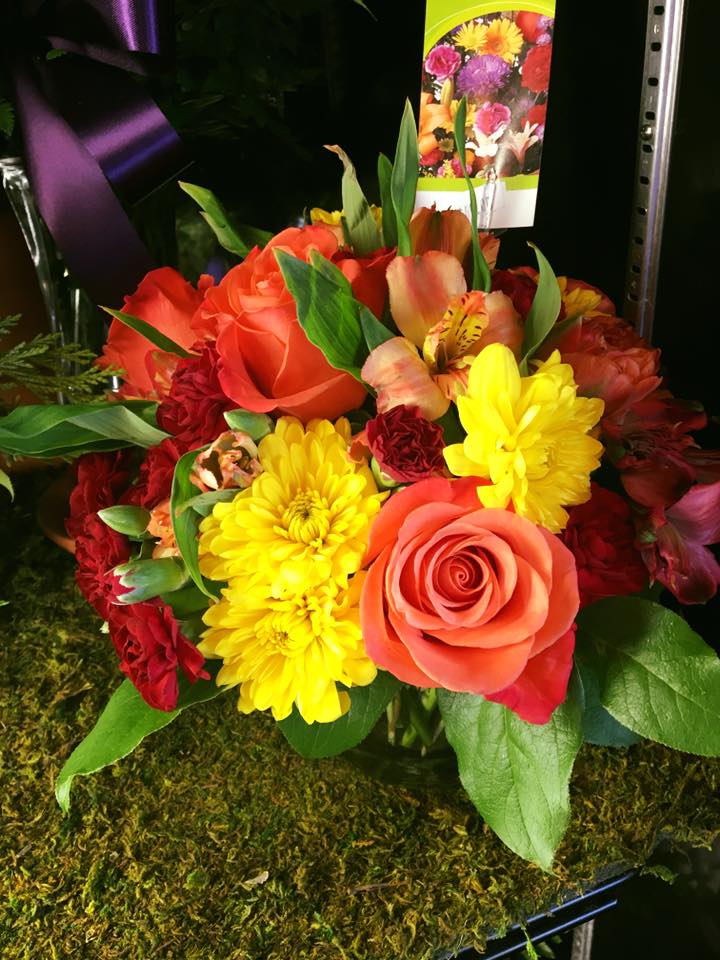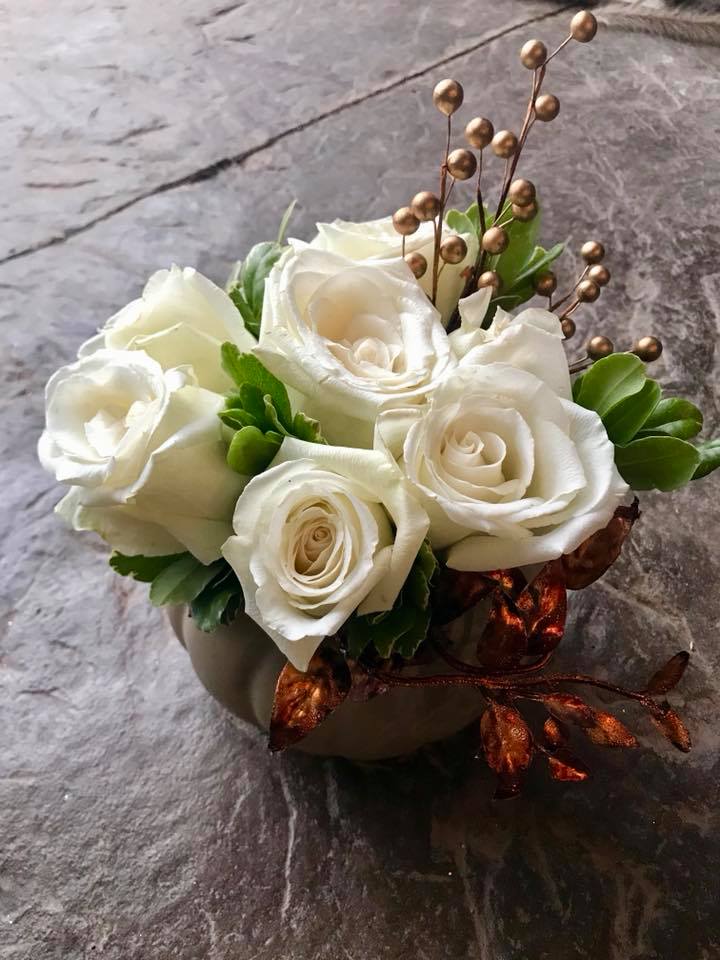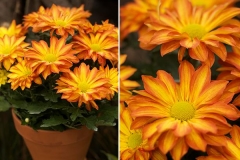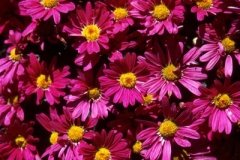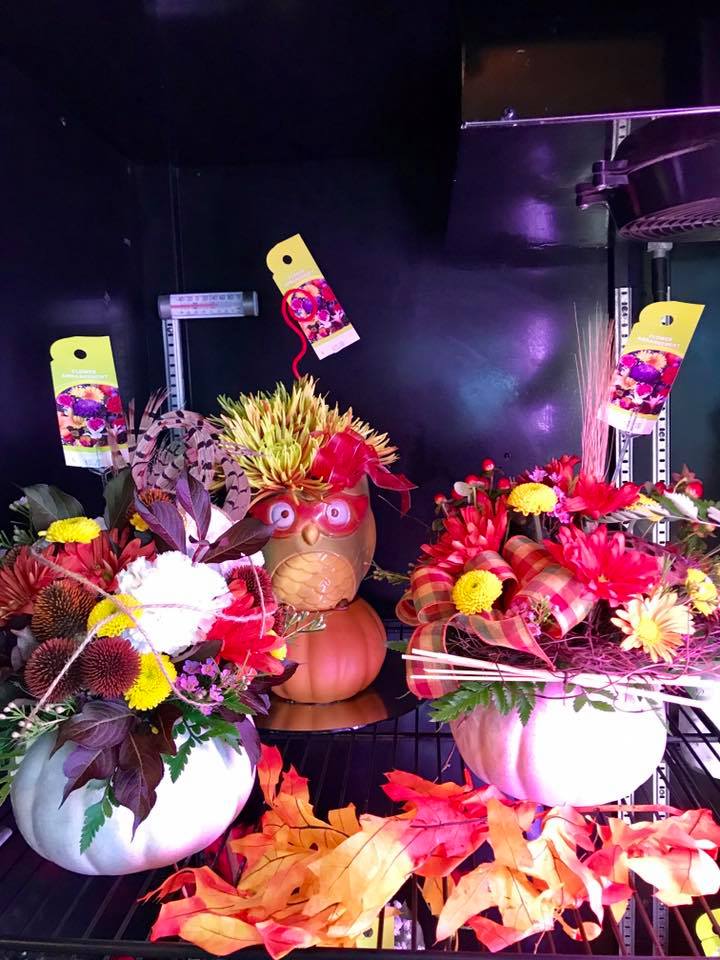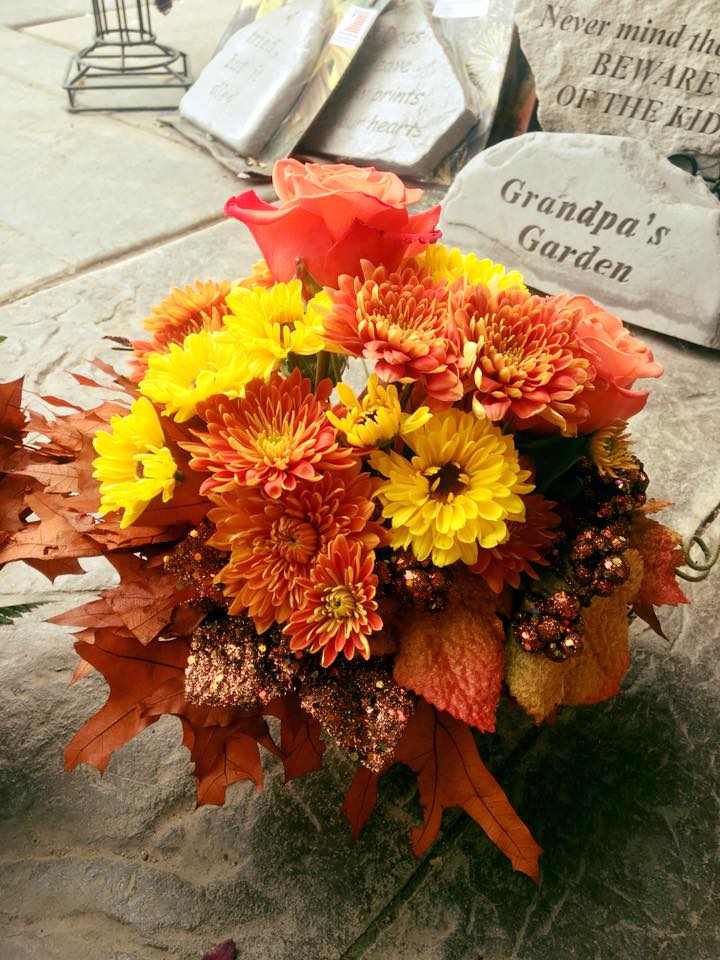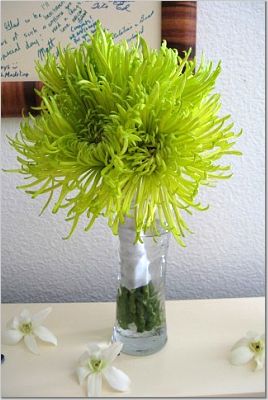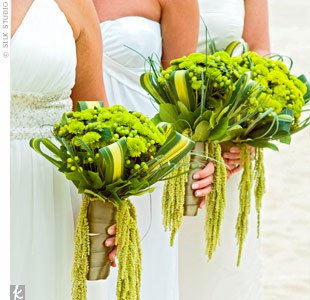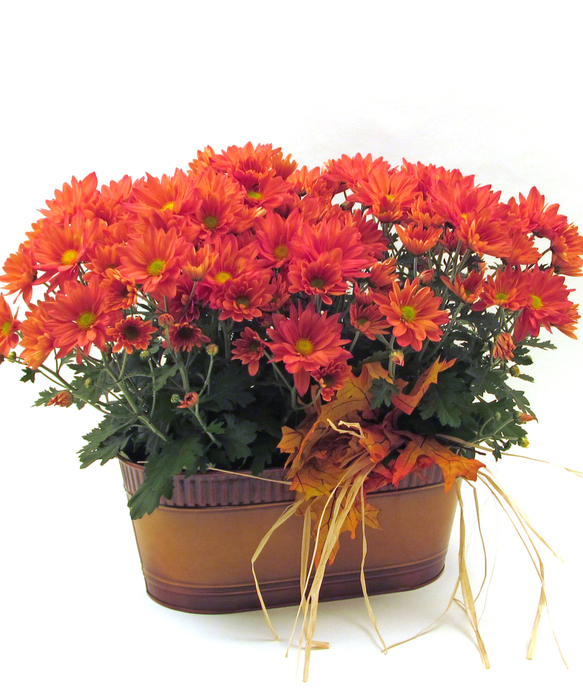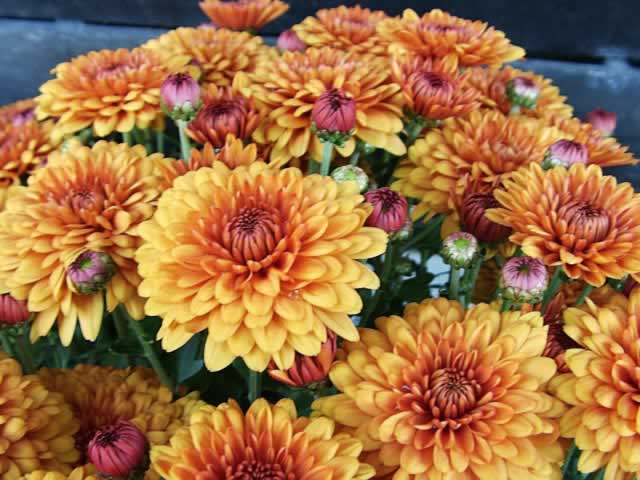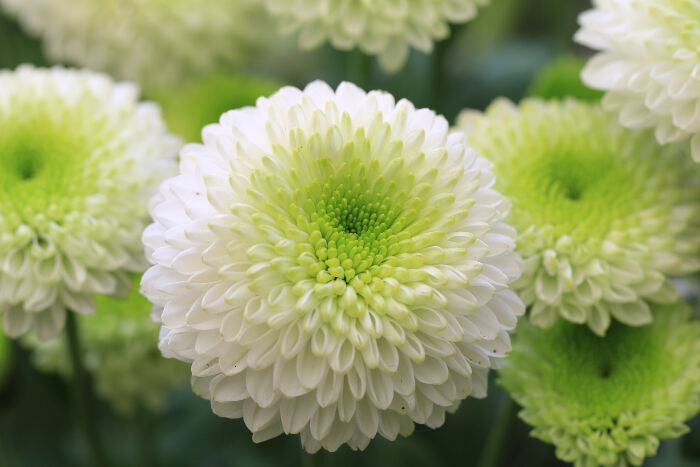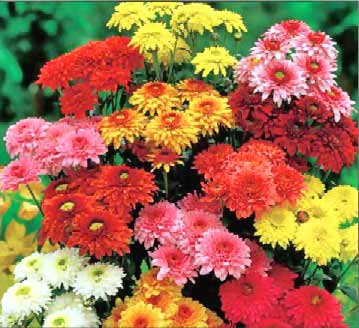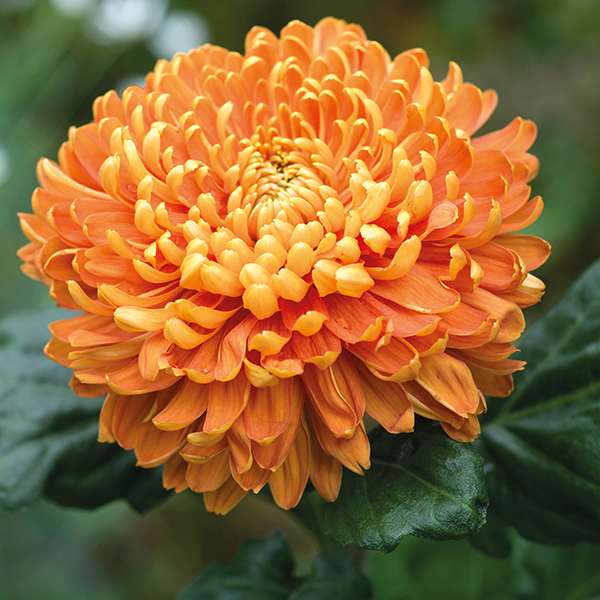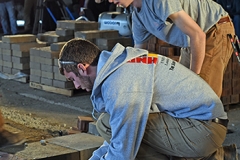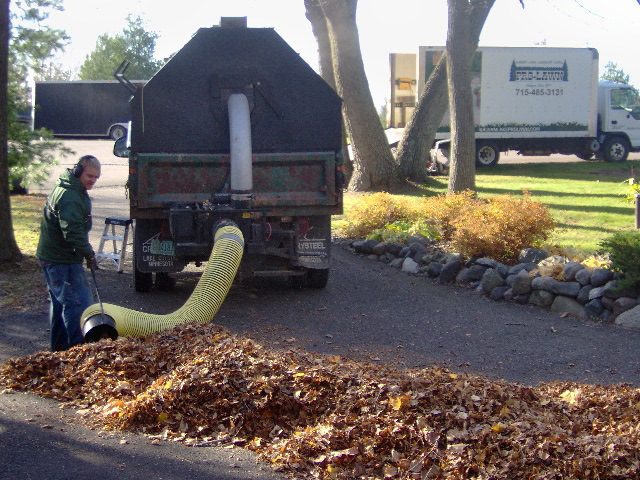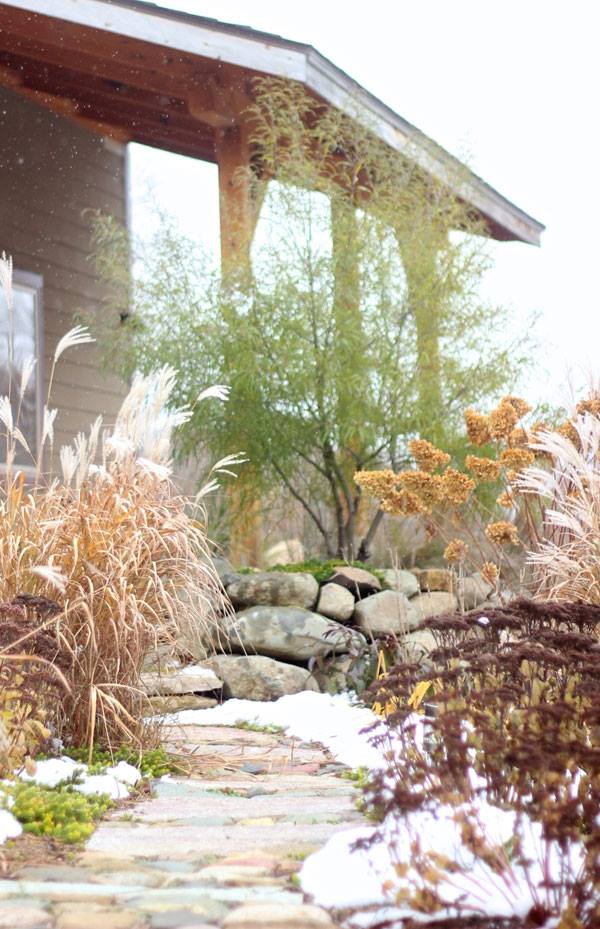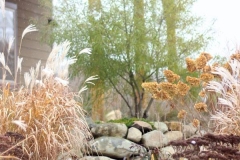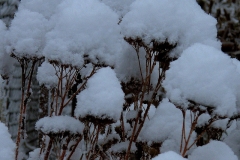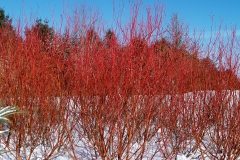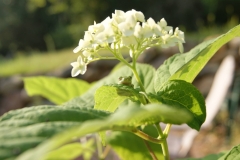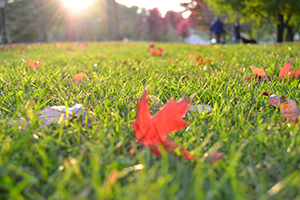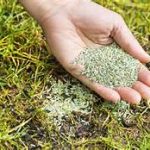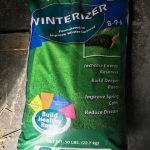As Thanksgiving approaches, everyone is bustling about with their minds full of holiday planning, family, and turkey. In preparation for this festive day, consider a few of these harvest table setting traditions to welcome your guests and decorate your home for Thanksgiving.
The Cornucopia: The cornucopia (aka the ‘horn of plenty’) is the most common symbol of a harvest festival, meant to represent the abundance of Earth’s harvest (thanksgivingday.org). Filled with flowers, small squash or pumpkins, leaves, berries, acorns, pinecones, pomegranates, and other fall harvest goods, cornucopias make an excellent main statement for your Thanksgiving table. If your table is too full of food for an arrangement, add it to the kids’ table or as a side table display for your appetizers or pies.
Baskets: Big or small, round or square, low or high, a natural fiber basket full of autumn’s bounties makes for a beautiful table display. As a multi-purpose gift for a host, baskets can later be used as simple decorations or as unique containers for fruits, vegetables, breads, and other household items.
Fall Arrangements: Unique autumn containers such as pumpkins, wooden crates, or birch bark vases add a festive flare to table displays. Create an arrangement with pillar candles, succulents, and house plants for a long-lasting home decoration.
Whatever your traditions are, we hope you have a safe, wonderful, and happy Thanksgiving! We are grateful for your support of our local business and look forward to working with you this holiday season!
*Please note, we will be closed Thursday, November 23 thru Sunday, November 26. We will still check phone messages and take floral orders during that time! Call us at 715-483-3131 or order flowers on-line 24 hours a day at www.balsamlakeprolawn.com.
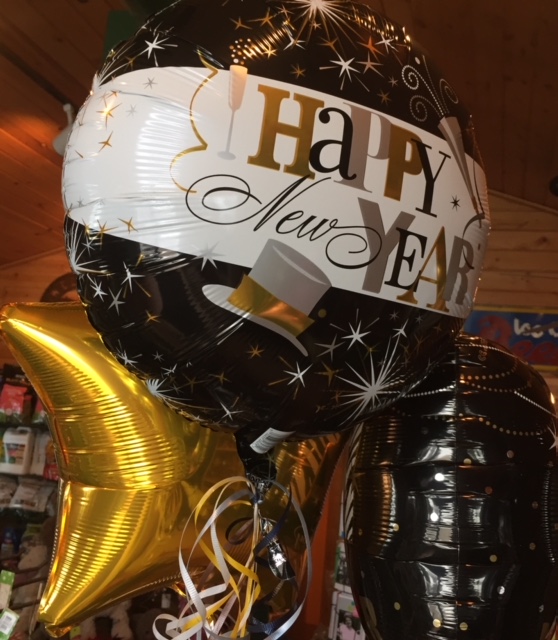 Wishing you a very Merry Christmas and a Happy New Year!
Wishing you a very Merry Christmas and a Happy New Year!